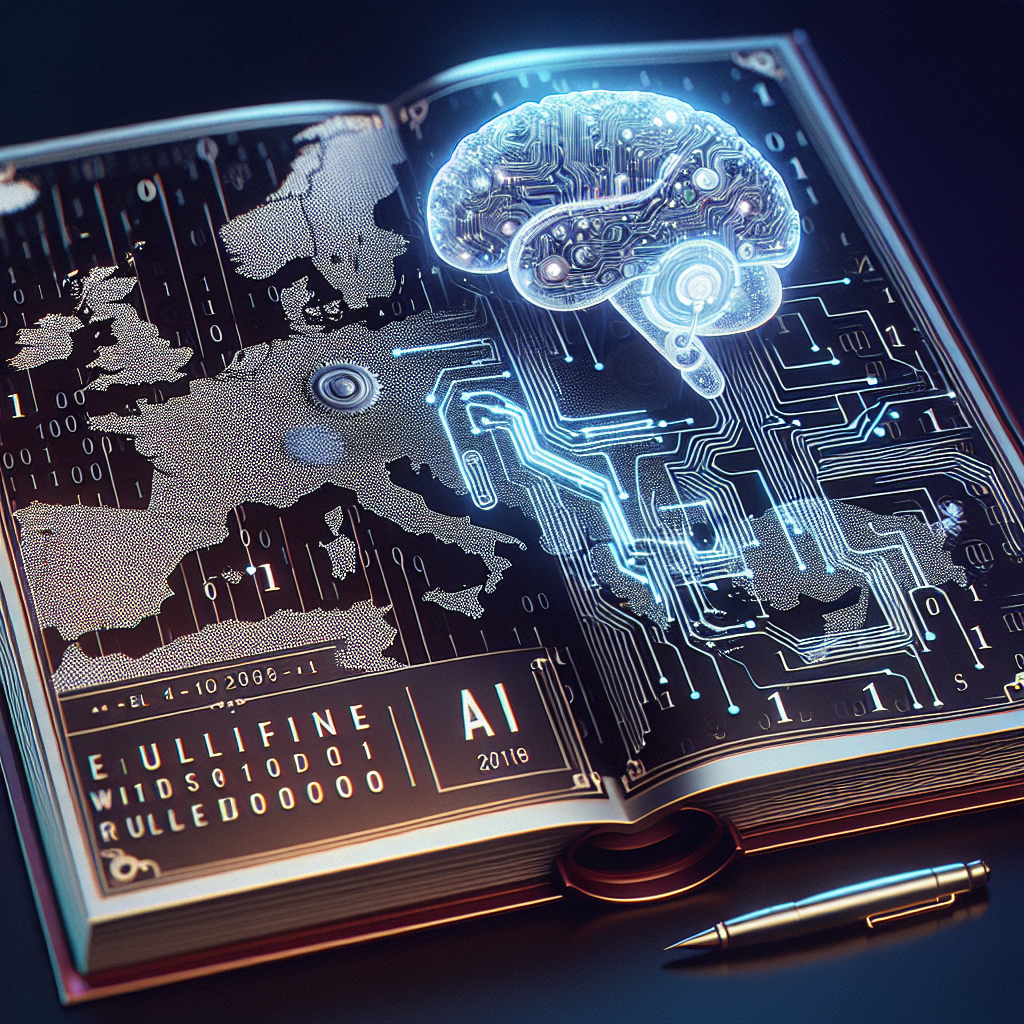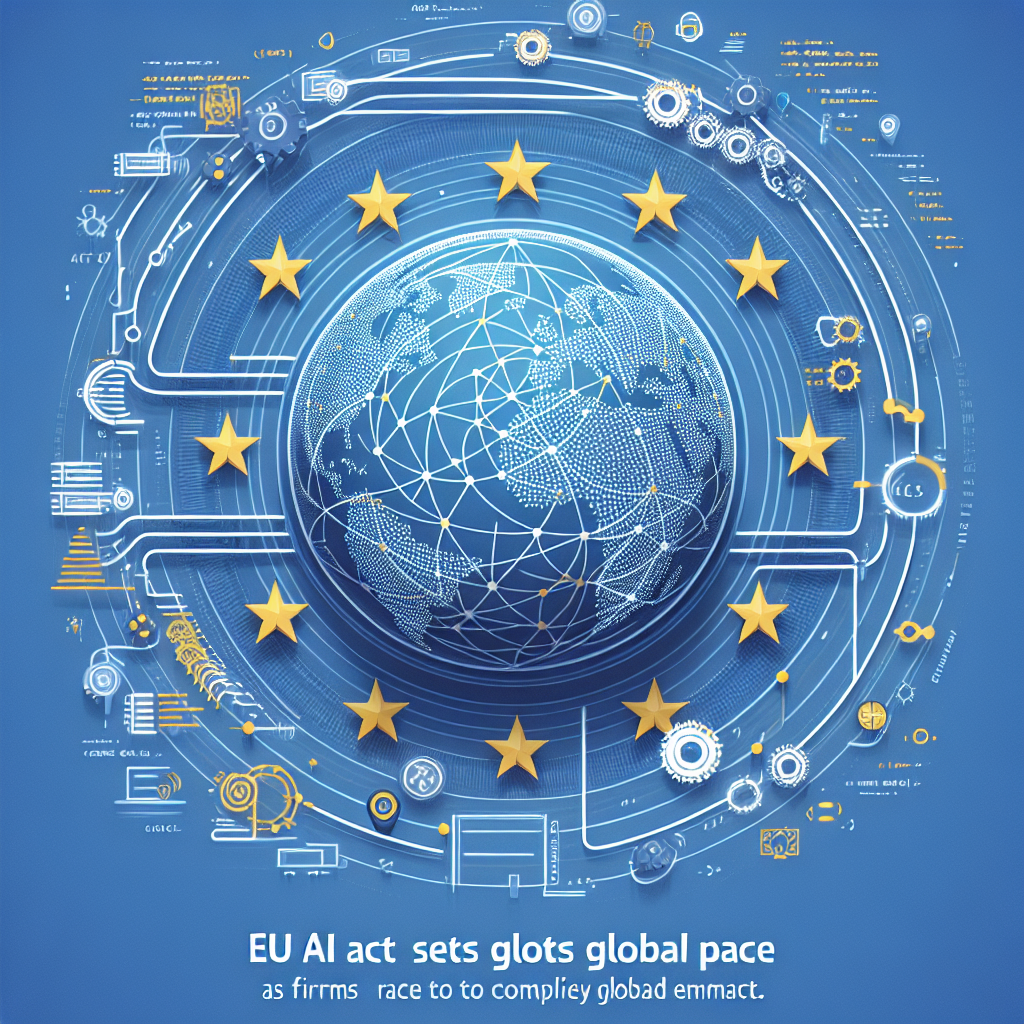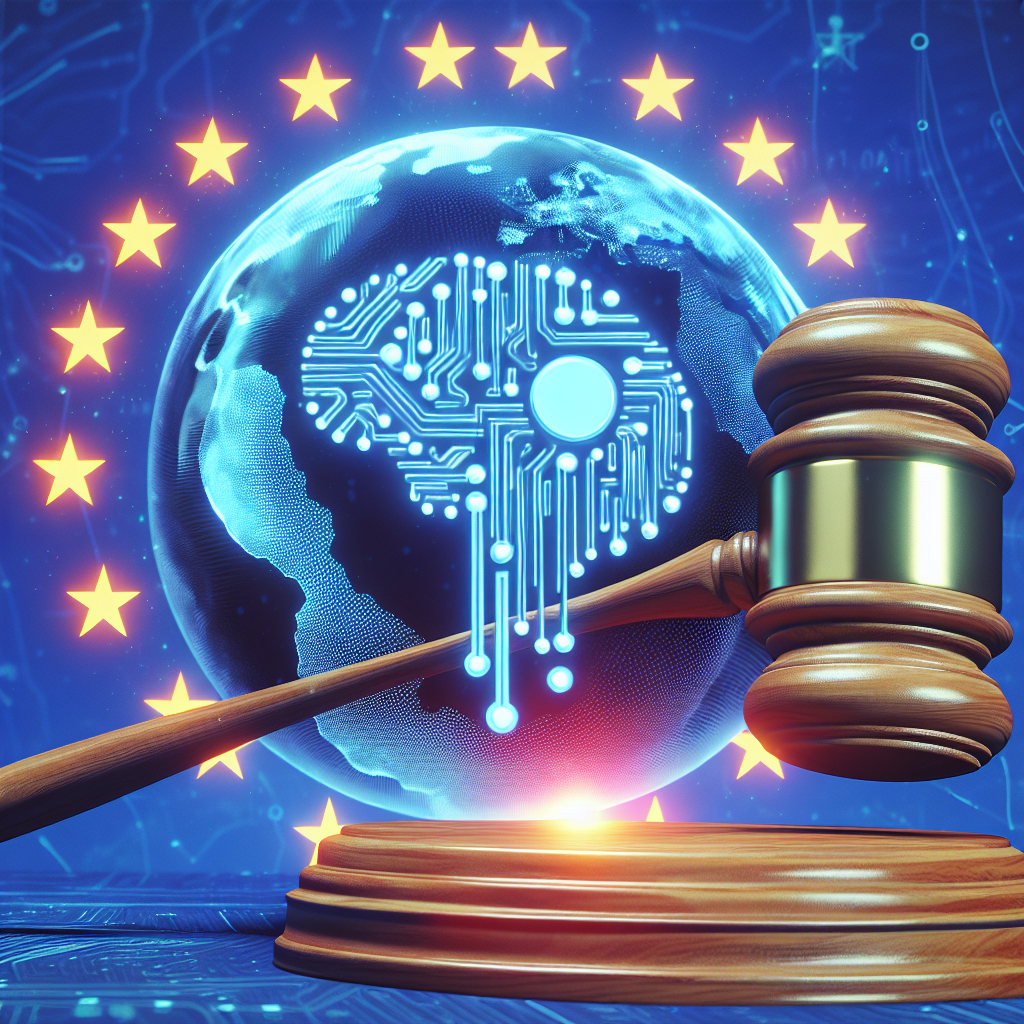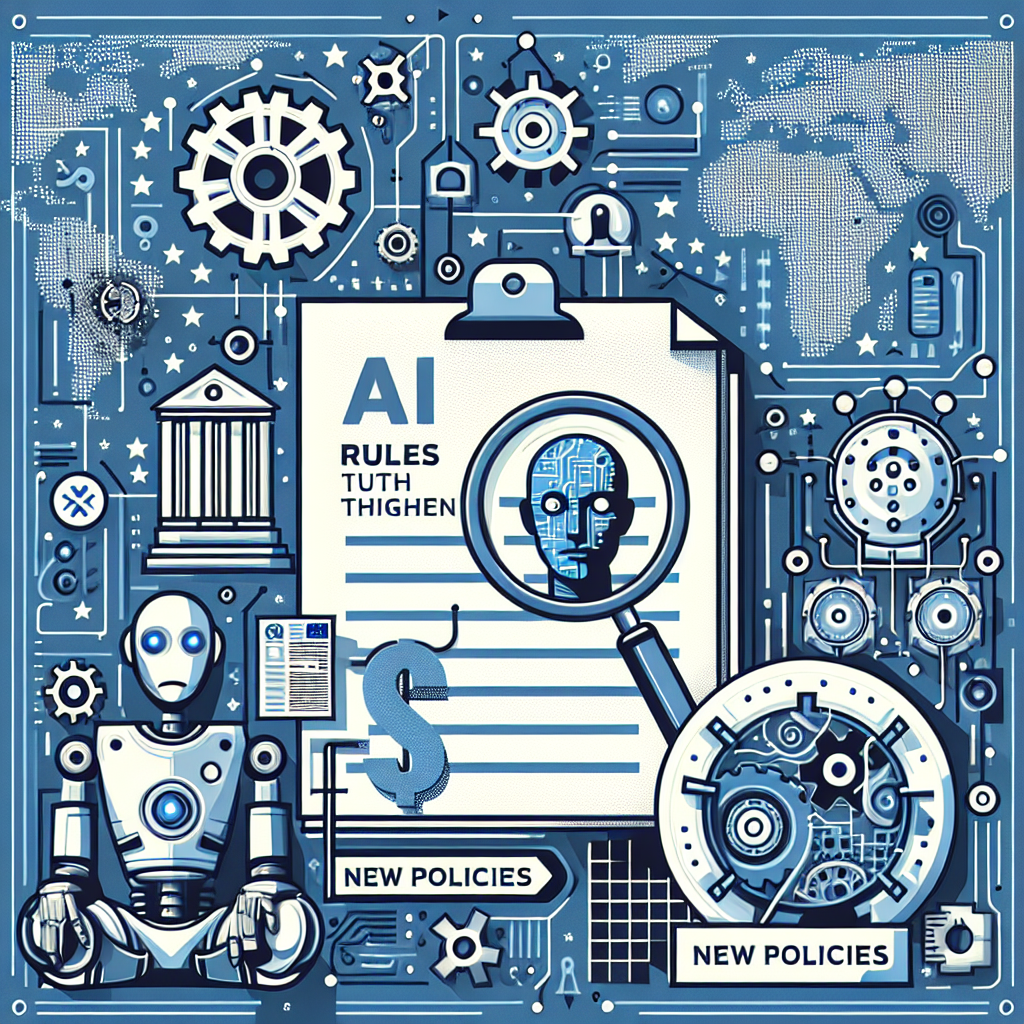EU AI Act Sets the Pace for Global Rules

Europe’s landmark AI law takes effect
Europe has adopted the Artificial Intelligence Act, the first comprehensive law to regulate artificial intelligence across an entire region. The law entered into force in 2024 and will apply in stages over the next two years. Officials say the goal is to set clear rules for developers and users while protecting fundamental rights. The European Commission has described the measure as “the first-ever comprehensive legal framework on AI worldwide.” Supporters call it a practical step to bring order to a fast-moving field. Critics warn of costs and complexity for smaller firms.
How the risk-based system works
The AI Act classifies systems by risk and tailors obligations accordingly. The core idea is simple: the higher the risk, the stricter the rules.
- Prohibited practices: A narrow set of uses deemed unacceptable are banned. These include social scoring by public authorities, certain forms of manipulative or exploitative systems, and large-scale scraping of facial images to build databases. Real-time remote biometric identification in public spaces is severely restricted, with limited exceptions under judicial oversight.
- High-risk systems: Tools used in sensitive areas face strict requirements. This category includes AI for critical infrastructure, education, employment, credit scoring, medical devices, and law enforcement. Providers must implement risk management, high-quality datasets, documentation, human oversight, cybersecurity, and post-market monitoring.
- Limited-risk systems: Systems such as chatbots or deepfake generators must meet transparency requirements. Users should be informed when they interact with AI or with synthetic media.
- Minimal-risk systems: Most AI applications fall here. They face no additional obligations under the law.
The Act also introduces rules for general-purpose AI (GPAI), including powerful foundation models. Providers must disclose technical documentation and respect copyright rules. Models with significant systemic impact face extra testing and reporting duties. The European Commission has set up a new AI Office to oversee compliance for GPAI and to coordinate with national regulators.
Timeline and enforcement
The law rolls out in phases to give governments and companies time to adapt. Bans on prohibited uses apply first. Transparency rules for limited-risk systems come next. Obligations for high-risk systems and for general-purpose AI arrive later, with some rules not fully enforceable until 2025–2026. The European Commission will issue guidance and secondary measures. National market surveillance authorities will supervise companies, backed by EU-level coordination.
Penalties can be significant. Fines scale with the type of violation and a company’s global turnover. The goal is deterrence rather than revenue. Officials say enforcement will focus on risk reduction and corrective action before punishment, especially for small and medium-sized enterprises.
Industry and civil society react
Business groups welcome legal clarity but worry about red tape. Startups fear heavy documentation burdens and audit costs, particularly for high-risk deployments. Larger firms say they can absorb compliance work, but warn that implementation details will matter. Civil society organizations call the law a milestone for rights and accountability. They are pressing governments to close loopholes, watch biometric surveillance, and ensure strong enforcement.
The European framework aligns with a wider global push for guardrails. In the United States, the White House issued an executive order in October 2023 that promotes the “safe, secure, and trustworthy development and use of AI.” The National Institute of Standards and Technology (NIST) released the AI Risk Management Framework to help organizations, urging them to “map, measure, manage, and govern AI risks.” The Group of Seven endorsed a voluntary code of conduct for advanced AI developers in 2023. The OECD’s principles, adopted by dozens of countries, call for “human-centered and trustworthy AI.”
Why this matters beyond Europe
Europe’s law is likely to influence global markets. Many companies operate across borders and prefer to meet a single, high standard. As with privacy under the GDPR, firms may apply EU-style controls everywhere to avoid fragmentation. Regulators in other regions are watching how the EU approaches general-purpose models, risk management, and transparency.
Developers face new expectations. They must document training data practices, test for bias and safety, and explain system capabilities and limits. Deployers, such as hospitals or banks, must assess appropriateness for their use cases and maintain human oversight. The Act’s structure encourages a lifecycle approach, with controls from design to deployment to monitoring.
Open questions and challenges
Key questions now shift from law to practice:
- Technical standards: European standards bodies are drafting detailed methods for risk management, testing, and transparency. Convergence with international standards, such as ISO/IEC AI norms, will be important to reduce friction.
- General-purpose AI oversight: The new AI Office must define practical testing and reporting for foundation models. It will also coordinate with national authorities to avoid conflicting decisions.
- SME support: Policymakers promise sandboxes, templates, and funding to help smaller firms comply. The effectiveness of these programs will be closely watched.
- Enforcement capacity: Regulators need expertise and resources to evaluate complex models. Cooperation with independent labs and academia may play a role.
- Cross-border coordination: AI services often span jurisdictions. Alignment with the U.S., U.K., and other partners on safety testing and incident reporting could reduce duplication.
What companies should do now
- Inventory AI systems: Map where AI is used, how it affects people, and what data it relies on. Classify by risk.
- Build governance: Set up clear accountability, including a senior owner for AI risk. Establish processes for model testing, human oversight, and incident response.
- Document and test: Keep technical documentation, evaluate for bias and robustness, and maintain logs. Update models and controls over time.
- Inform users: Provide clear notices for AI interaction and synthetic media. Offer explanations where required.
- Engage with standards: Track EU guidance and emerging technical standards. Align with NIST’s functions to “map, measure, manage, and govern” risks.
The road ahead
The EU AI Act marks a turning point. It provides a common rulebook for a technology that is changing fast. By focusing on outcomes and risk, the law aims to protect people without freezing innovation. Success will depend on implementation. If standards are practical and enforcement is predictable, businesses may gain the certainty they have asked for. If compliance becomes too heavy, smaller players could be squeezed out. The next year will show how Europe balances these pressures, and how other governments respond.
For now, one trend is clear. AI governance is moving from principle to practice. Europe has put a stake in the ground. Others are catching up.











































































































































































































































































































